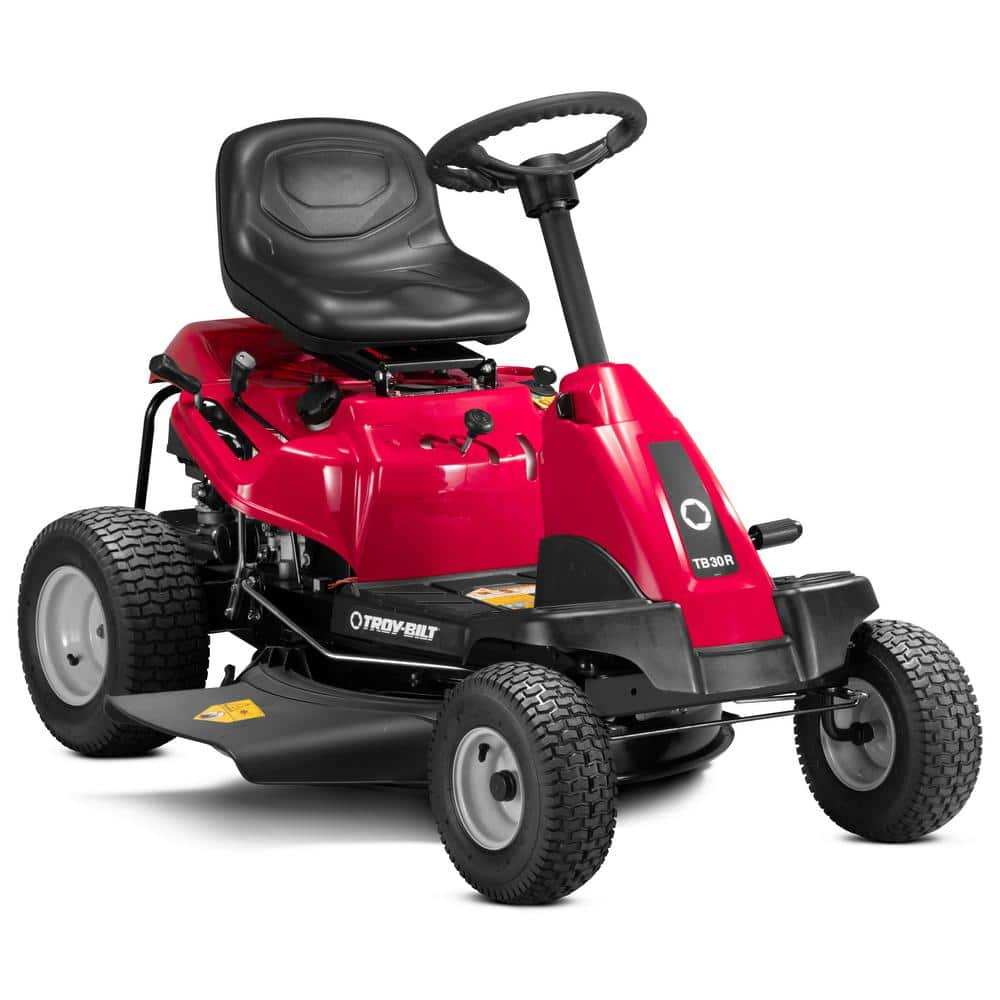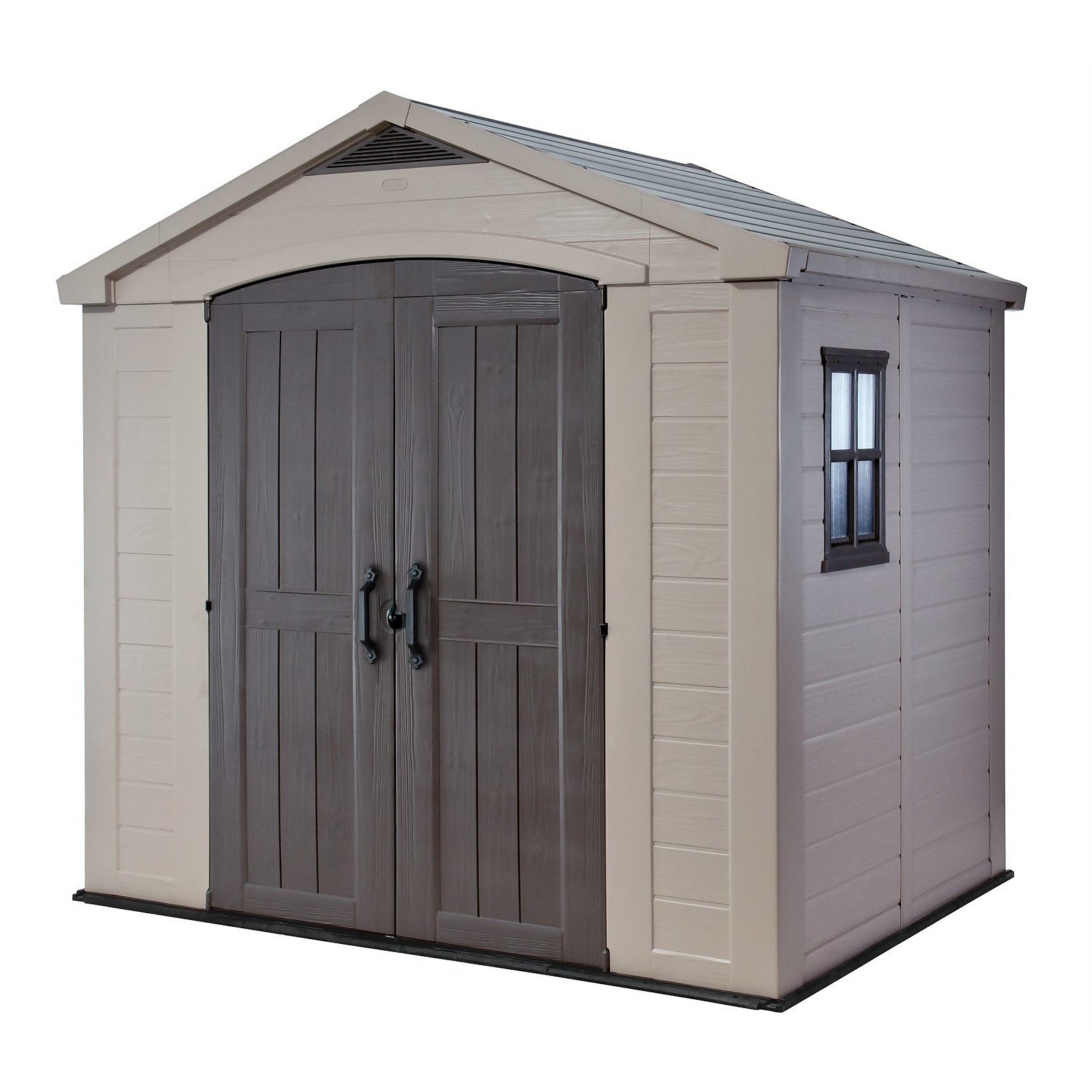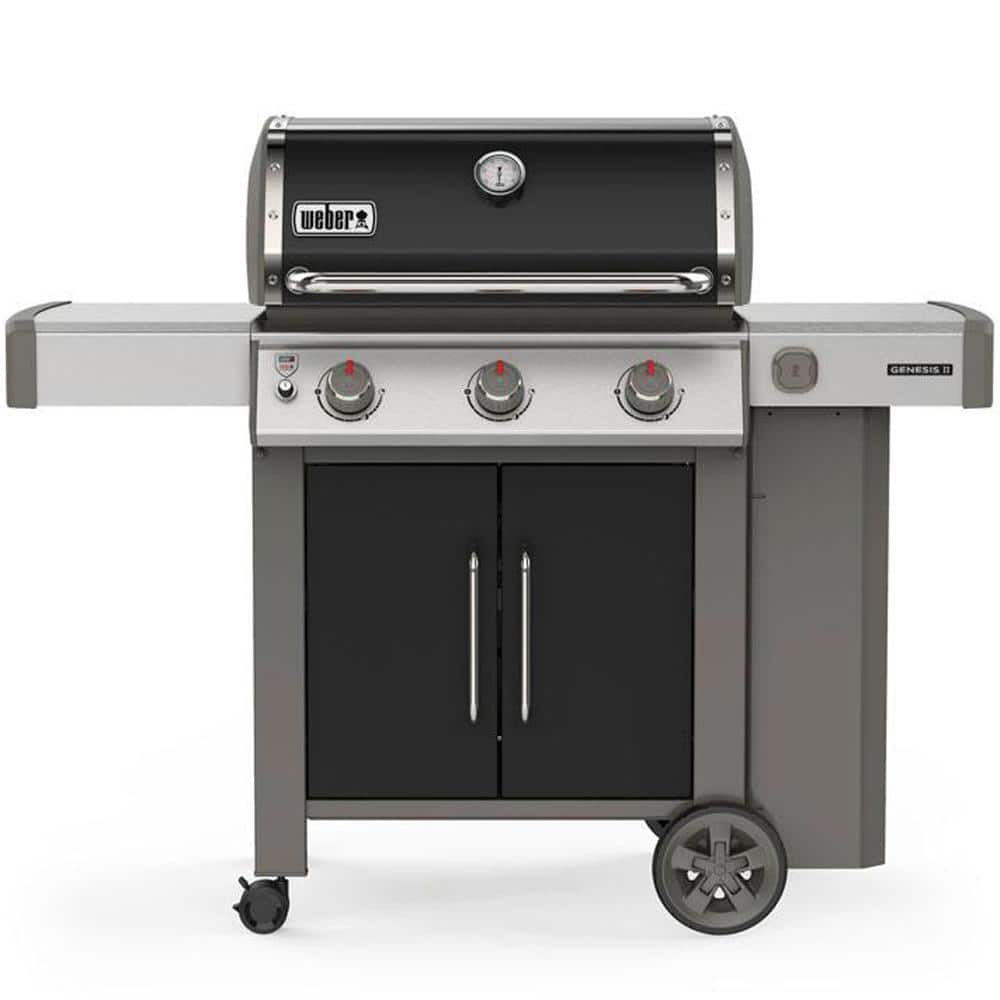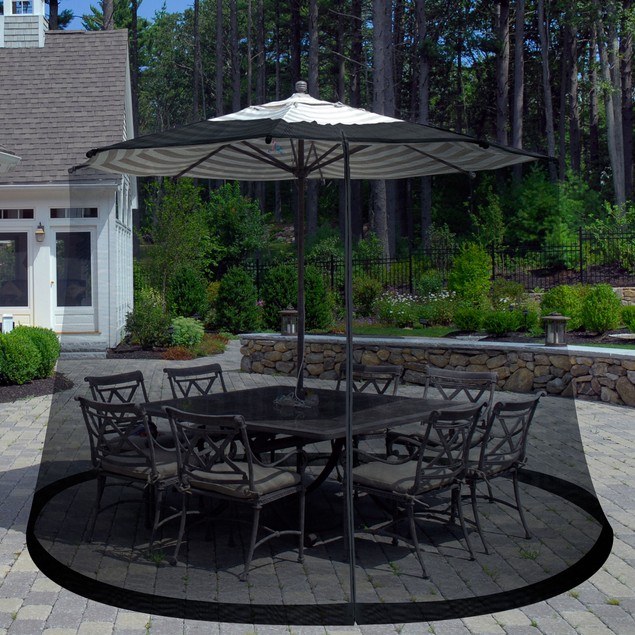Troy-Bilt 30 in. 10.5 HP Briggs and Stratton Engine 6-Speed Manual Drive Gas Rear Engine Riding Mower with Mulch Kit Included
Space-saving design makes the riding mower easy to store in garages and sheds. Built-in global parts since 1937. Ideal size for smaller or gated yards and will fit through most gates with the 30 in. cutting deck.
Space-saving, compact design of the TB30B combines the time savings benefit of a riding mower with the storage size of a wide-cut walk behind mower. Easily stored in a garage or shed, this mower is ideal for lawns up to 1.5 acres with relatively flat terrain. The dependable starting and reliable performance of the 10.5 HP Briggs and Stratton engine provides the power you need to maintain the yard. Easily adjust and control speed with Shift-on-the-Go transmission. Keep your lawn healthier by mulching grass clippings with included mulch kit to help avoid thatch and return nutrients in to the soil. You can depend on Troy-Bilt to keep yardwork from feeling like a chore and we won’t let you down.
- Space-saving design makes the riding mower easy to store in garages and sheds
- Built-in global parts since 1937
- Ideal size for smaller or gated yards and will fit through most gates with the 30 in. cutting deck
- Easily switch from side discharging grass clippings to mulching mode, which helps avoid thatch buildup and keeps your lawn healthier by returning nutrients in to the soil
- 10.5 HP briggs and stratton single-cylinder engine delivers easy starting and superior performance
- Ride in more comfort with reduced vibration with the soft touch steering wheel
- Enhanced line of sight and visibility with the rear-mounted engine
- Make yard clean up easier by using a rear bagger to collect grass clippings and leaves for use as compost or bag for disposal (sold separately)
- Rear hitch makes it easy to pull garden carts, sprayers and spreaders (attachments sold separately)
- Maintain control with easier navigation around landscape borders and obstacles with 18 in. turn radius
- 2-year limited warranty
- Troy-Bilt TB30R comes fully crated and requires some assembly upon arrival
Additional information
| Assembled Depth x Height x Width (in.) | 62 x 42 x 30 |
|---|---|
| Cutting Width (in.) | 30 |
| Front Wheel Size (in.) | 13 |
| Mower Deck Width (in.) | 30 |
| Rear Wheel Size (in.) | 18 |
| Turning Radius (in.) | 18 |
| Certifications and Listings | No Certifications or Listings |
| Manufacturer Warranty | 2-Year Limited Warranty |






Reviews
There are no reviews yet.